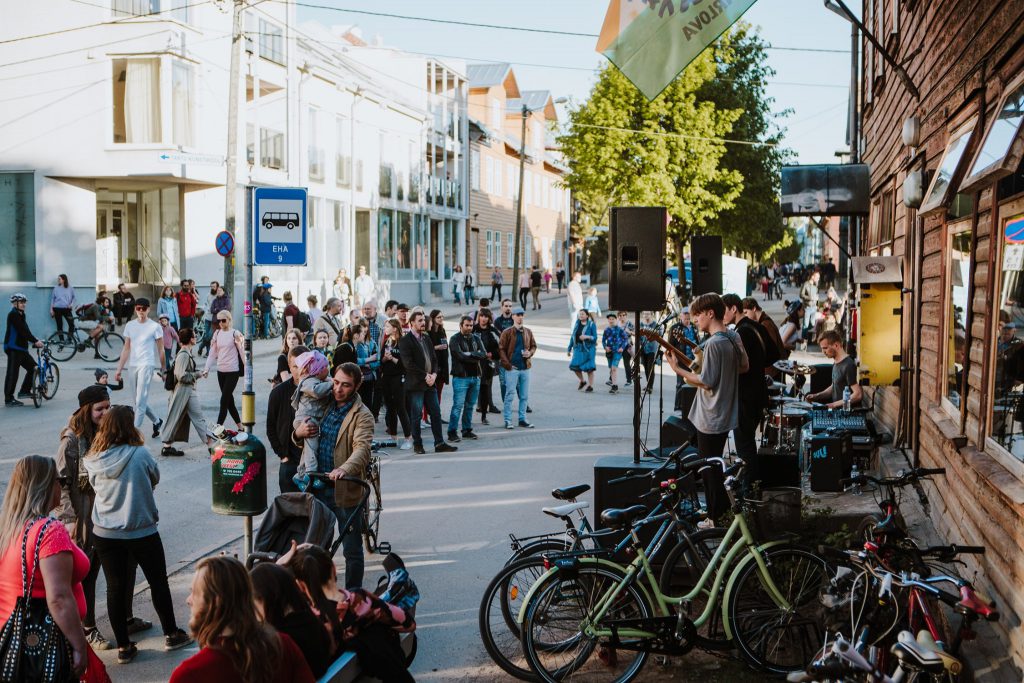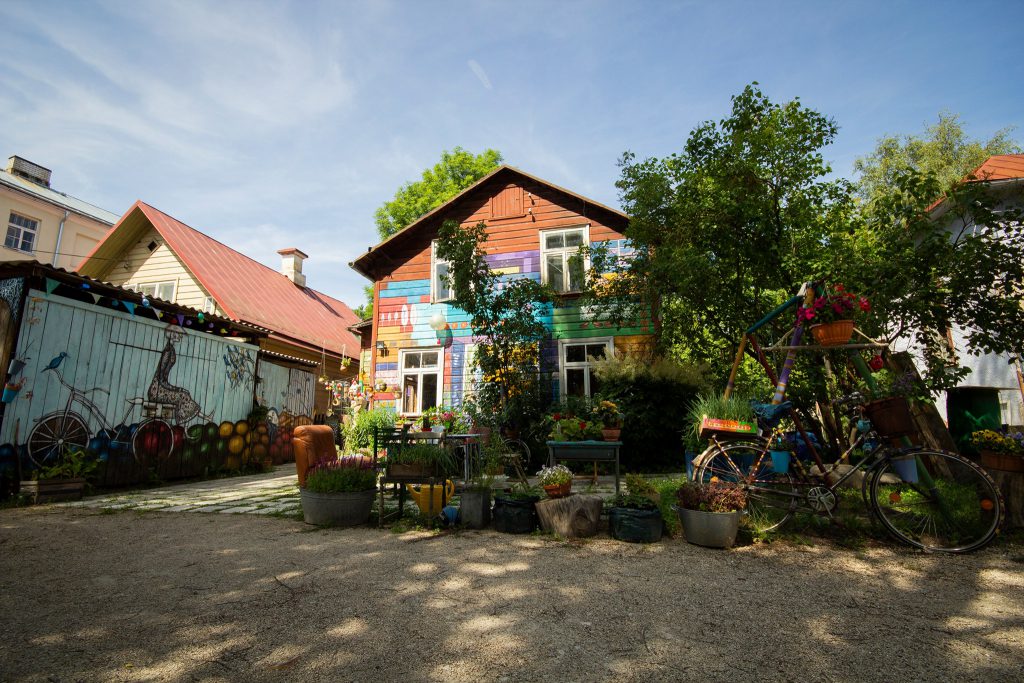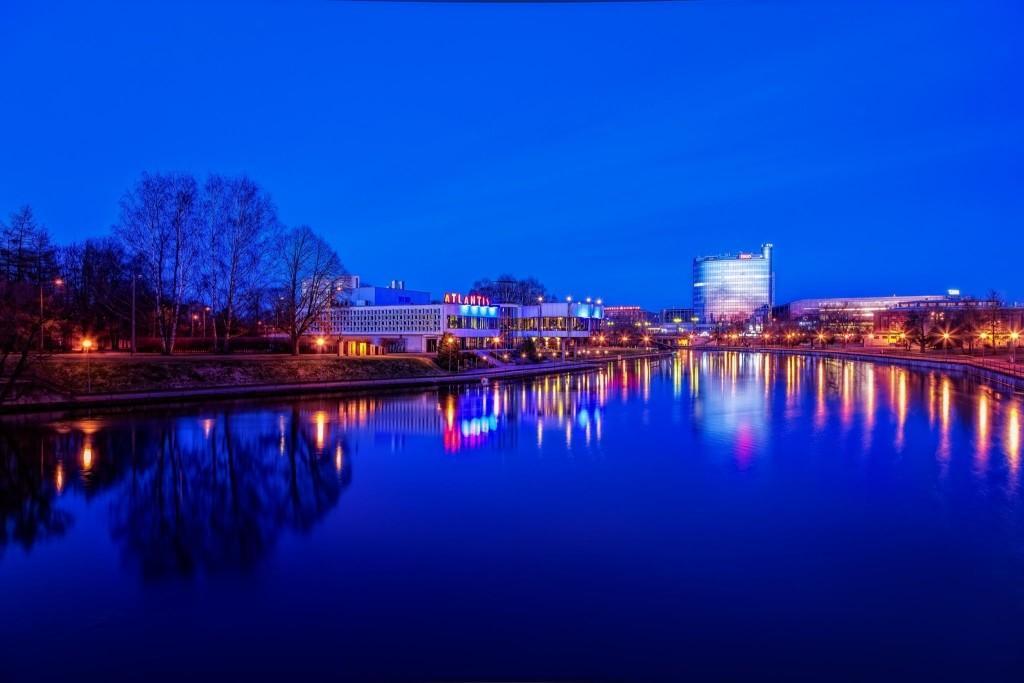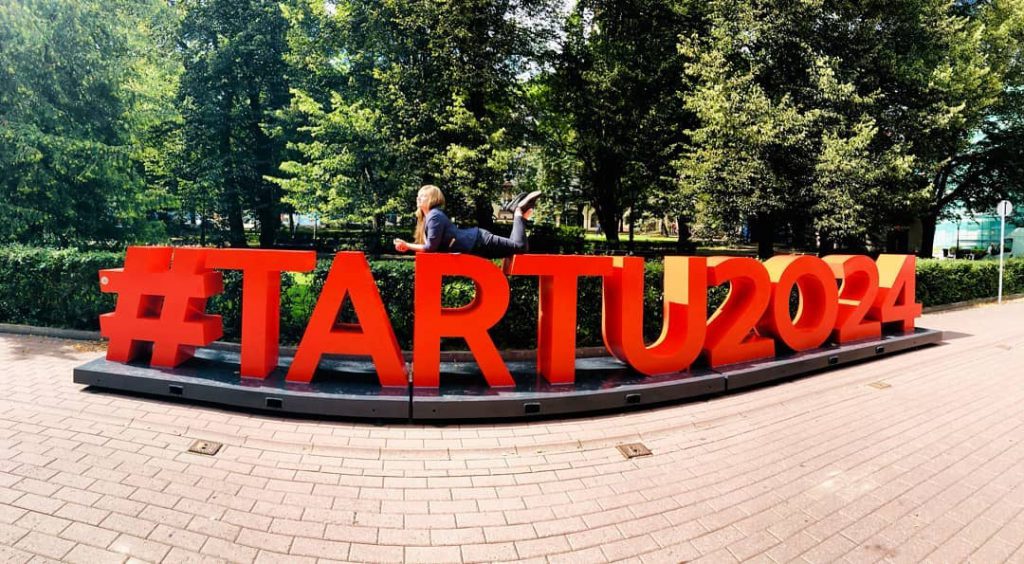An Estonian town – either Tartu or Narva – will be named the European Capital of Culture 2024; with the announcement to be made on 28 August, the Tartu-based writer, Berk Vaher, makes a case for his hometown.
Estonia is wondering, who are we in the future of Europe and which route can we help it take? More will be known by the end of August when an Estonian town – either Tartu or Narva – will be designated the 2024 European Capital of Culture.
Already in the preselection feedback, the international expert jury made it clear that expectations go beyond the bidding cities’ hopes for their own gain and success. The verdict also largely depends on the boost they give their broader regions. Equally if not more vital, though, is how the bidding programmes relate to Europe – how the cities are ready to handle issues shared by many European cities and regions.
Contributing to Tartu’s bidding process, I have witnessed the spark and passion of the 19 southern Estonian municipalities that have joined our bid. Their eagerness does not spring just from geographic proximity – the Tartu bid, “Arts of Survival”, heralds our common value system.
Adherence to these values has also enriched our bid with a multitude of confirmed partners across Europe. Among them, there’s a range of once and future European capitals of culture – including the ones who look rather distant on the map. Thus, “Arts of Survival” is largely the bid of this alliance across many state borders.
Arts contribute to human survival today and tomorrow
We are connected by similar notions on what example should be set by the European cities of culture to the whole 21st-century world.
Conceptions of welfare are globally in transition: people are increasingly conscientious about the goals of cities, no longer willing to link them to large industries and land-devouring expansion, hunger for profit and mass consumption. Rather, new generations tend to feel at home in eco-friendly urban spaces or open rural communities where culture embraces people’s traditions, aspirations and idiosyncrasies regardless of their age, teaching real-life skills as well as helping keep and recover the wellbeing of the mind and the body.

In their own ways and maintaining their character, many cities aspire towards this kind of Europe. Tartu and southern Estonia are gaining momentum by encouraging these cities, learning from their troubles and solutions. Also, by bringing together European creatives who want their arts to contribute to the human survival today and tomorrow, as well as the survival of our natural home planet.
Virtual reality offers no refuge from the climate crisis, nor do apps dissolve fear and anxiety: we need a culture that’s much more sensitive to nature. Nature in the cities shouldn’t just remain a blurry green design element; nature in arts shouldn’t just be admired from a distance. In our Tartu 2024 bid, there are several projects where urban nature itself is the source, outcome and co-creator in cutting-edge arts. Nor does ICT have to be entirely banished: digital arts, too, can reawaken folkloric nature spirits to alert responsibility for the real world in danger.
A profound social impact
The rapid development of European cities has been a double-edged sword: in abundance of goods and services, memory and real-life skills have withered. As Estonia returned to the West, we, too, lapsed into a cargo cult, growing ashamed of the times of need when we had to make do with old stuff or craft new things from the old ones. Now, hungover from binge shopping, advanced Europe itself is discovering those recycling skills; suddenly, the DIY mavericks become innovation gurus. Gathering and sharing those skills also underlies much of the Tartu 2024 programme.
Indeed, our open calls for projects brought in a revelatory gamut of endeavours to share the “Eastern bloc” cultural treasure troves still too little known in Western Europe: our surrealism and counterculture, utopias and dystopias in literature and film. Also, our outsider art.

However, the Eastern European Art Brut exhibitions planned in the towns of Tartu, Viljandi and Pärnu also aim at a more profound social impact. By extolling and explaining the artistic talent and human dignity of artists with mental health issues, the programme seeks to combat the post-Soviet contempt still remnant across the former Eastern bloc social systems (and, alas, in some Estonian towns).
Time to share our stamina
The Tartu 2024 “Arts of Survival”bid is founded on simple everyday idealism. We believe that in a culture that cares for nature and people, emerging and persisting immediate human relationships can go a long way in alleviating tensions, in negotiating ideological standoffs intensified by virtual and media overload, and in dispersing intercultural fear.
Talk to the person, listen to them, go take a trip in the wild, craft something together… really, as easy as that? Surely not always. But often, large-scale solutions start from the courage to create and maintain human connections – indeed, these are the arts of survival.
These arts are dearly needed at a time when, in Estonia as well as in plenty of other European smaller cities and rural areas, many people feel alienated from Europe which they have come to perceive as abstract and bureaucratic, leaving them disempowered in its decision-making – even though they, too, have laboured years to build European living environments.
In our critical self-assessment, we have conceded that Tartu might seem detached from such concerns. Our helping hand or reassurance of shared values has been needed more often than we’ve cared to notice. Thus, a cliché has emerged of the “splendid isolation” of Tartu – that we are a “petit bourgeois doll city with enough of everything”.
But that’s not true. The people of Tartu, too, have recently felt scared and belittled by big money and power – and we overcame that fear and pressure when the Tartu Appeal civic initiative succeeded in getting the local authorities behind it to rule out the plans for the huge pulp mill that posed a substantial environmental hazard for the River Emajõgi.

Tartu and southern Estonia could prevail thanks to the true passion of those who stood up for their turf. There were those who grumbled that Tartu slew a hefty golden goose; but we took real courage to define ourselves as a 21st century future town. Now it’s time to share our stamina with our soul mates across Europe.
A lasting legacy
Would we have had those stamina if it were not for a string of smaller scale “Tartu appeals” emerging before? The Tartu of today was not born with a silver spoon in its mouth – the people wanting change have worked long and hard for it, defying setbacks time and again.
Just take a look of what has happened and is happening in urban planning focused on biodiversity and light traffic; self-awareness and ethnic openness of the town districts; educational innovation in schools; street art and street culture at large; engaging citizens in decision-making. Today, the people of Tartu can revel in the obviousness of so much that a decade or even a half ago was written off as just another “crazy idea” of a small group of activists.

Laying the groundwork for a capital of culture started much earlier than a few years ago. A large and growing amount of people have been bringing to life their dream of a truly vanguard European living and creating space, gradually getting local powers and resources on their side.
At first, it might even sound dull that power, money, arts and fresh initiatives are largely sharing the same values – where are the stark oppositions to be relished by the media? But the long-term experience of the European capitals of culture confirms: this kind of a common ground is a prerequisite for the programme of the title year to have a lasting legacy with a truly wide outreach.
A truly 21st century cultural town
Without this common ground, the artistic programme tends to be built on sand, its impact but a placebo. I was glad and honoured to be a member of the creative council for Tallinn 2011 (Tallinn and Turku were the European capitals of culture in 2011 – editor), and I remember a range of inventive and inspiring events. A few of them exerted still ongoing effect on the arts, creative industries and civic consciousness. Yet those who were more immediately involved are often the first to concede ruefully that the programme as a whole could not alter deeply entrenched practices of city governance and planning in the capital city.

So, I’m convinced: becoming a European Capital of Culture is well earned by a town whose inhabitants, neighbours and the international circle of friends have borne this aim in their hearts for quite a while – with already palpable results and all the more solid plans for further improvement. This time, let’s give south [Estonia] a chance!
Of course, the above listed major changes are still in their early stages, there’s a lot to press on together – but we dare to take and are able to go through the risks to make Tartu a truly 21st century cultural town that reconnects and reaffirms Europe.
The opinions in this article are those of the author.

